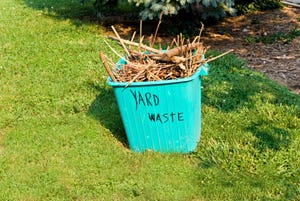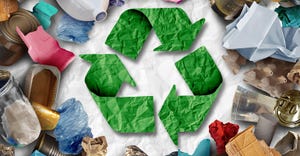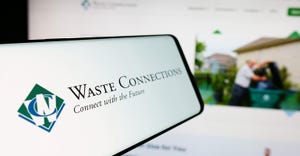How Do We Define ‘Electronics’ for Recycling?
When we in the United States think about electronics recycling programs, we usually consider “electronics” to include common household devices like TVs, computers, monitors and printers. But other jurisdictions have a broader understanding of what “electronics” or used electronic equipment should be, and the other products that encompasses may be more common for programs in the future.
For instance, the United Nations University’s Solving the E-Waste Problem (StEP) initiative define “e-waste” as “items of all types of electrical and electronic equipment (EEE) and its parts that have been discarded by the owner as waste without the intention of re-use.” This broad definition of “e-waste” as used internationally encompasses products such as home audio and toys to lighting and large appliances.
As the Internet becomes embedded in more and more of these devices, it will be harder to distinguish what the basic set of “electronics” our programs in the United States include from “non-covered” electronics.
This issue of defining electronics for the purposes of recycling is most prominent in legislated electronics recycling programs. The decision on what types of electronics to include under the definition of “covered electronic devices” has significant implications for collectors, recyclers and manufacturers.
The manufacturers pay close attention to this issue because the definition can mean the difference between having to register and pay for recycling programs, or being completely exempted of requirements. Collectors have to grapple with the decision on which products to accept from consumers, to the extent they can. In most states, non-covered electronics are still turned in at collection sites, and the collector may have the option of sending them to the same recycler as the covered products. If that recycler charges a fee, the collector may look for other outlets.
It is difficult, however, to turn away consumers looking to recycle their used device because it doesn’t meet the legislated definition of what is covered. Many legislative battles have been fought over the types of electronics that should be covered under electronics producer responsibility programs, and they have led to at least 10 different sets of “covered devices” being included among the 25 state program laws.
But just because it is not covered under the law definition does not mean a device will not be collected. Some state laws, like in Minnesota and Wisconsin, have a defined set of covered devices that require manufacturer obligations and a broader list for what can count toward recycling goals. Some manufacturers argue that devices with a strong resale market, such as smartphones, shouldn’t be included in the regulations at all. Others note that all devices will eventually come to their end of life and need a recycling option.
And in non-legislated programs, the decision of what products to accept has a bearing on the overall costs for the collectors and recyclers. Until the recent downturn in commodity market, there were a larger number of devices that were desirable for recyclers because of their component and material value.
The biggest burden to collection programs is still the cathode ray tube (CRT) devices, and yet they are the items consumers demand to be collected more than any other. The challenge for the recycler is finding the right mix of devices that can offset the costs for negative value devices like CRTs.
And just because the broader items are collected does not always mean they head to appropriate recycling outlets. This is a challenge for non-covered devices under legislated programs too. Because there is less scrutiny and tracking, are they being sent to responsible, certified recyclers?
The rate of change in technology devices will make any attempts at long-term definition of electronics an exercise in futility. Form factors keep advancing, and functions that we associate with particular devices today will be embedded in other common household products or “things” tomorrow. The definitions in the legislated programs will need to evolve, and non-legislated collection programs will have to decide whether these new items will be worthwhile to recycle. Regulators will also need to evaluate the recycling case for devices of the future, and whether producer responsibility approaches we use today will be the best tools for encouraging recycling programs.
We are certainly not poised to adopt the all-encompassing “e-waste” scope as seen in European or other international programs, but there will be tough decisions to make ahead about how programs will need to evolve to meet the changes happening to devices.
Jason Linnell is co-founder and executive director of the National Center for Electronics Recycling (NCER).
About the Author
You May Also Like


